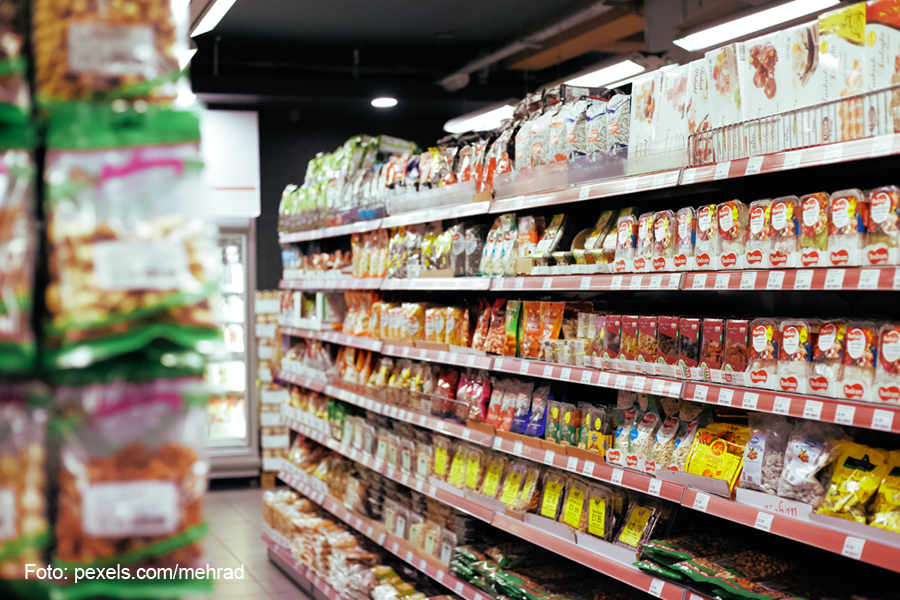Kemampuan Indonesia Memungut PPN Masih Rendah

JAKARTA. Meski penerimaan Pajak Pertambahan Nilai (PPN) dan Pajak Penjualan atas Barang Mewah (PPnBM) hingga kuartal III tumbuh 20% year on year jadi Rp348,42 triliun, namun jumlah itu masih jauh dari potensi yang sebenarnya.
Mengutip Bisnis Indonesia edisi Kamis (11/11), jika mengacu pada data Badan Pusat Statistik (BPS) nilai Produk Domestik Bruto (PDB) Indonesia pada periode Januari-September 2021, khususnya nilai konsumsi rumah tangga tercatat sebesar Rp6.856,2 triliun.
Dengan asumsi nilai konsumsi tersebut, jika dikalikan dengan tarif PPN yang berlaku saat ini sebesar 10%, maka potensi penerimaan PPN dan PPnBM yang seharusnya bisa dipungut sebesar Rp685,62 triliun.
Baca Juga: Menguji Kesiapan Indonesia Mengadopsi 2 Pilar Arsitektur Pajak Global
Artinya, kalau dibandingkan dengan realisasi penerimaan PPN dan PPnBM hingga akhir September 2021, rasio penerimaan PPN atau Value Added Tax (VAT) gross collection ratio hanya 50,8%.
Sementara jika hanya memperhitungkan penerimaan PPN yang terealisasi sebesar 339,32 triliun, maka rasio penerimaannya hanya 49,49%.
Padahal, Indonesia sudah mulai memungut PPN atas transaksi elektronik melalui perusahaan-perusahaan yang menyediakan jasa layanan digital sejak pertengahan tahun 2020.
Baca Juga: Penerimaan PPN Digital Semester 1 2021 Naik Dua Kali Lipat
Rendahnya kemampuan memungut PPN tersebut bisa dipengaruhi oleh sejumlah faktor. Menurut Direktur Eksekutif MUC Tax Research Institute Wahyu Nuryanto penyebab utama tidak maksimalnya daya pungut PPN adalah banyaknya insentif berupa pembebasan PPN.
Selain itu, sistem pemajakan di Indonesia juga belum bisa mengikuti tren konsumsi di era digital. Selain itu, masih banyak sektor ekonomi yang belum terjamah oleh sistem pajak atau underground economy. (asp)


